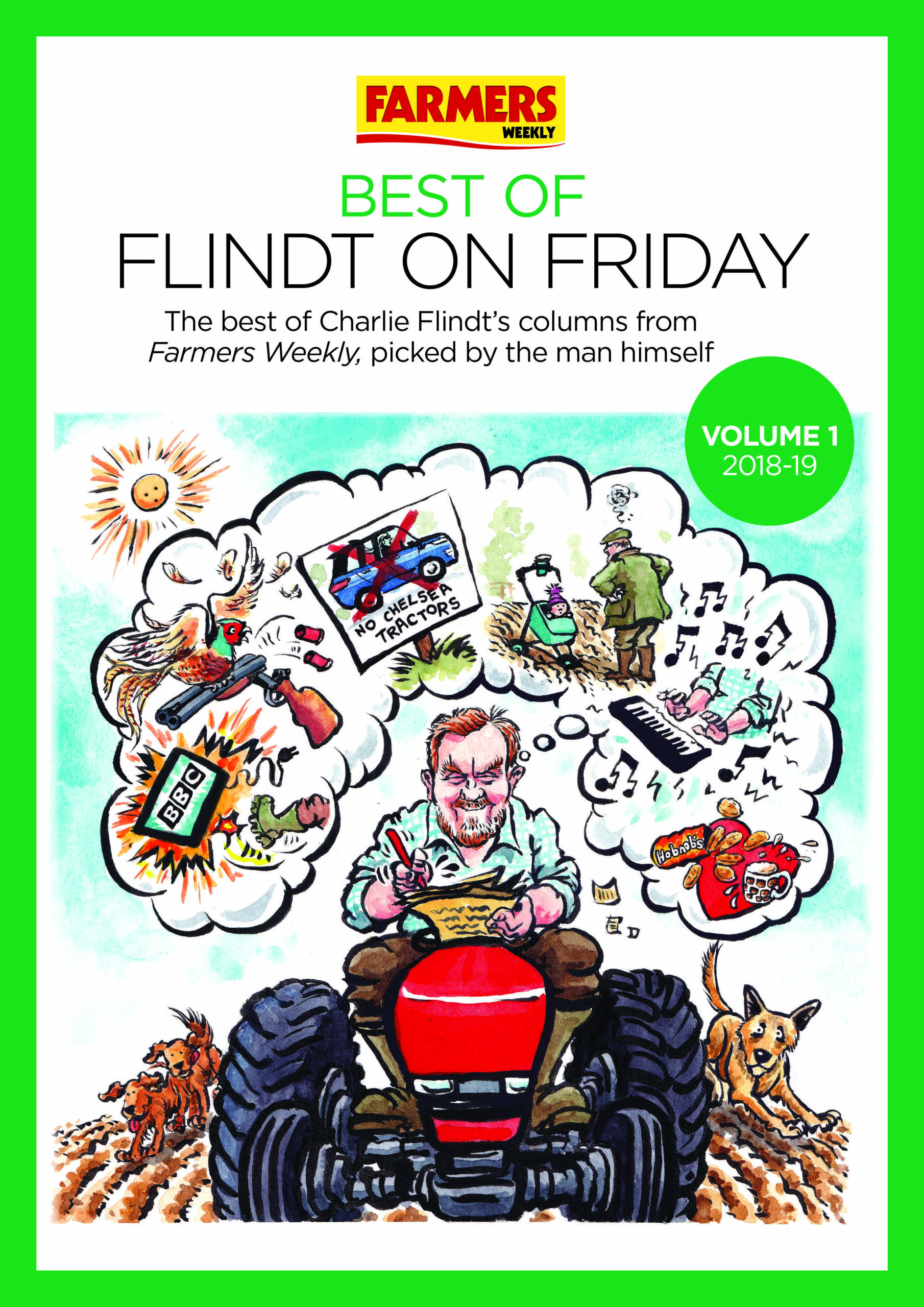Mixed farm shows how to add value using British wool
The wool trade once formed the historic backbone of the British economy, with fleeces sold overseas to foreign merchants, however, in recent times its value has taken a tumble.
See also: Charles III: Advocate of traditional family farming and King
The latest announcement from the wool board revealed payouts of just 75p/fleece, despite shearing costs of £1.65 a ewe.
Despite this, a host of British businesses and farm diversifiers are working to put wool back on the map, making use of this sustainable, natural and almost untapped resource.
Romney Marsh Wools
Farming on the Romney Marsh in Kent, Kristina and Paul Boulden run a mixed enterprise with arable crops, cattle and sheep.
They keep a flock of 1,000 Romney sheep, which are indigenous to the Romney Marsh with a heritage that can be traced back to the 13th century.
In 2008, they launched Romney Marsh Wools as a diversification.
“The sheep form a really important part of our farming system,” says Kristina, “We wanted to put British wool back on the map and felt sure there was a way we could turn it into an end product while reducing air miles as well.”
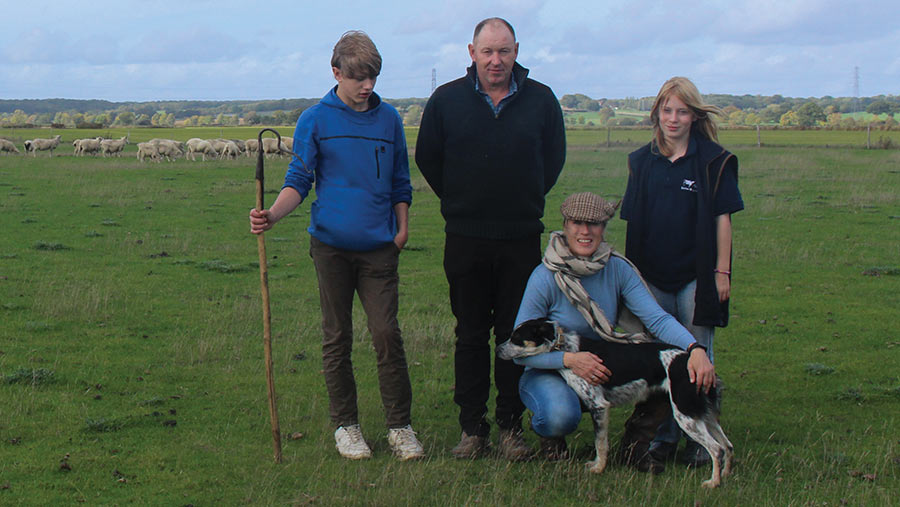
Kristina and Paul Boulden © Kristina Boulden
To do this, Kristina and Paul have collaborated with traditional craftspeople and mills in Kent and across the UK, teaming up to add value to the wool from their own flock.
Now, 15 years on, Romney Marsh Wools has a vast range of products, from throws, cushions and country clothing made by local seamstresses, to toiletries and soaps made using lanolin from the wool.
The newest product is a form of slug pellet made from their Romney wool, which contains natural slug- and snail-repelling properties.
“Wool is a natural, renewable, sustainable and incredibly versatile material – it’s just beautiful,” says Kristina.
“It’s been a real journey, but with the ultimate goal of promoting wool and all of its benefits. It’s not just a woolly jumper – the benefits are quite endless.”
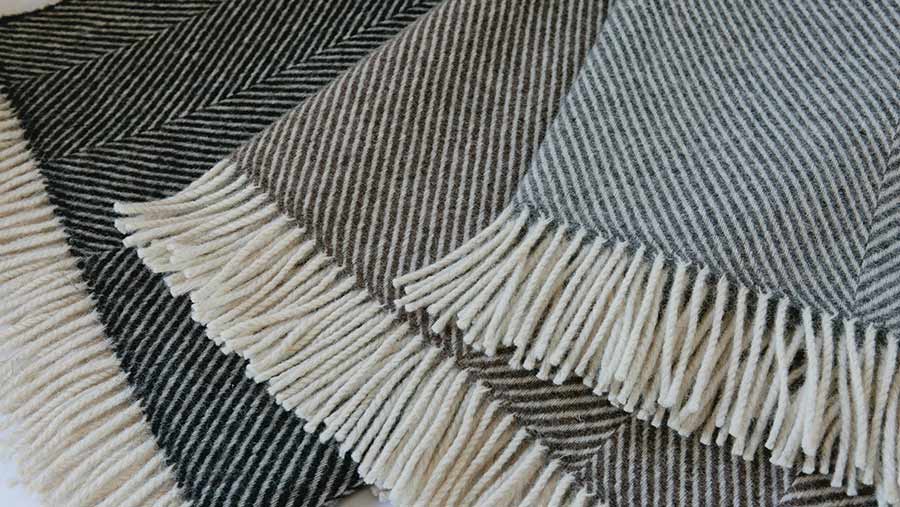
© Romney Marsh Wools
The Chimney Sheep
Based in Cumbria, near the Lake District, Chimney Sheep creator and director Sally Phillips has manufactured a chimney draught excluder made exclusively from Herdwick wool, sourced from local farms.
The simple device is made from felted wool and works by plugging unused chimneys to stop heat loss from homes – shaving about 5% off the annual heating bill.
The Chimney Sheep relies on being just a little bit bigger than the chimney opening in order to hold itself in place and, because the wool is malleable, it can conform to any irregularities.
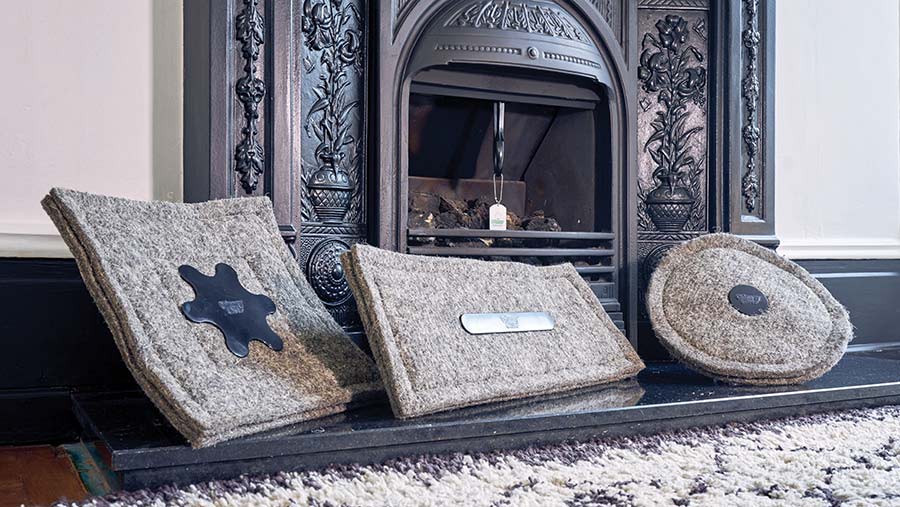
Wool draught excluders © Chimney Sheep
“I’ve always had an interest in energy saving and sustainability, and I was aware of some sheep’s wool insulation that was made by a local company, so I thought that developing a wool chimney blocker seemed like the obvious thing to do,” says Sally.
“I tried various different types of wool and the softer kinds just fell out and didn’t hold itself in place. That’s why we specifically use Herdwick wool, because it has the coarse, wiry properties we need.”
Sally gathers the wool directly from several local farmers, and last year collected 30t to be turned into Chimney Sheep.
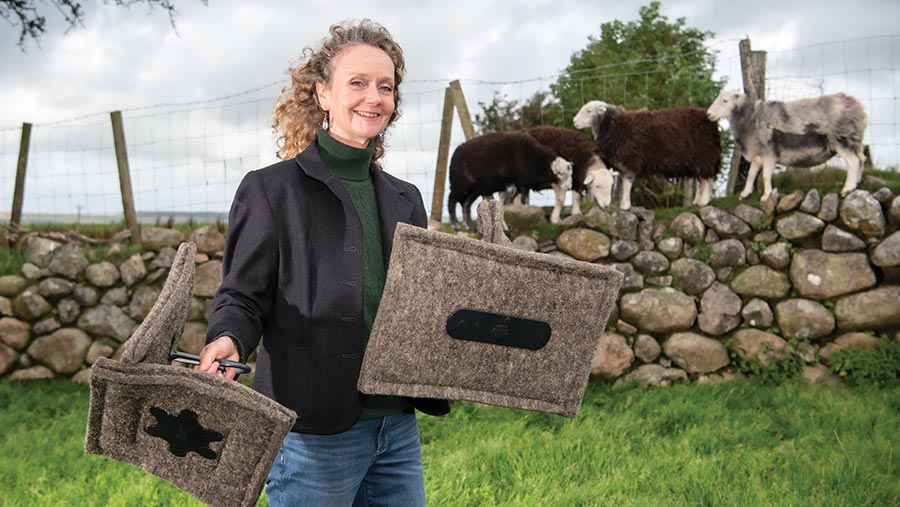
Sally Phillips © Chimney Sheep
Sustainable rope
Fourth-generation farmer Kate Drury, from Northamptonshire, is studying a PhD in wool at the Royal Agricultural University in Cirencester.
She recently won the Innovate UK Women in Innovation award for creating sustainable rope that is made from British wool, and has been praised for its environmental and sustainability credentials.
Asked how the idea first came about, Kate says: “When I was in the last semester of my masters studies, I was asked by one of my teaching professors whether one could make rope out of wool. So, I went away and made some”.
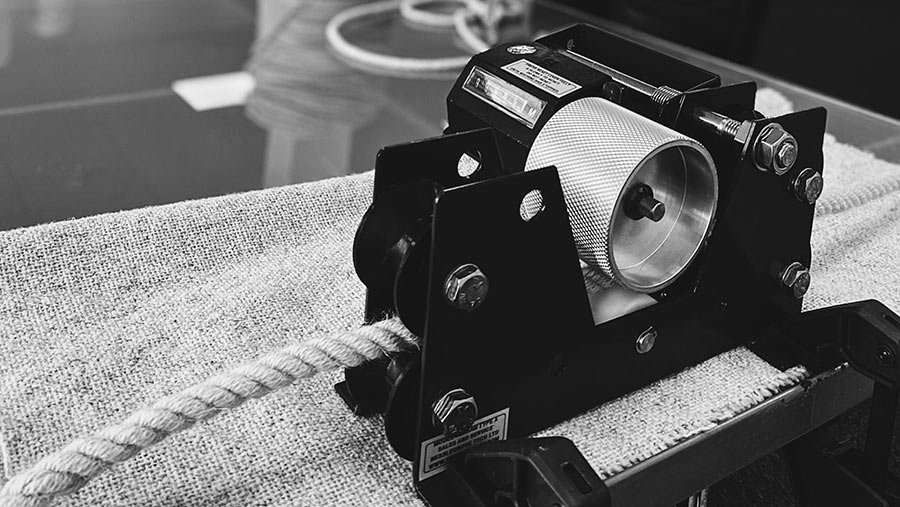
© Sustainable Rope
“Wool is not just wool – it has so many different characteristics and properties, and the interest for the rope came from the seaweed industry, which is kicking off in the UK.”
Kate’s sustainable rope is being used in the restoration and renewal of the Sussex seabed to tie seaweed to rocks and repopulate the area.
“The wool rope is more sympathetic to the environment,” says Kate. “When they use plastic rope, they have to return and cut it out several years later, and there is always the question of how much is actually collected.”
The rope has also found a range of other uses, including as in livestock halters, and it famously featured in the bunting in Savile Row for King Charles’ coronation.
Wool pots
After spending time removing plastic tree guards on his friends’ farms, London-based Graham Hull wanted to find a solution to the wasted plastics in the agricultural and horticultural sector.
After establishing biodegradable tree guard company Grown Green, he was horrified to discover that in the UK each year, more than 500m plastic pots end up in landfill, each of which will take more than 450 years to degrade.
“I started experimenting and came up with the idea of making plant pots from wool,” says Graham.
“We made them, and they seemed to work really well, but we didn’t know why they were so effective.
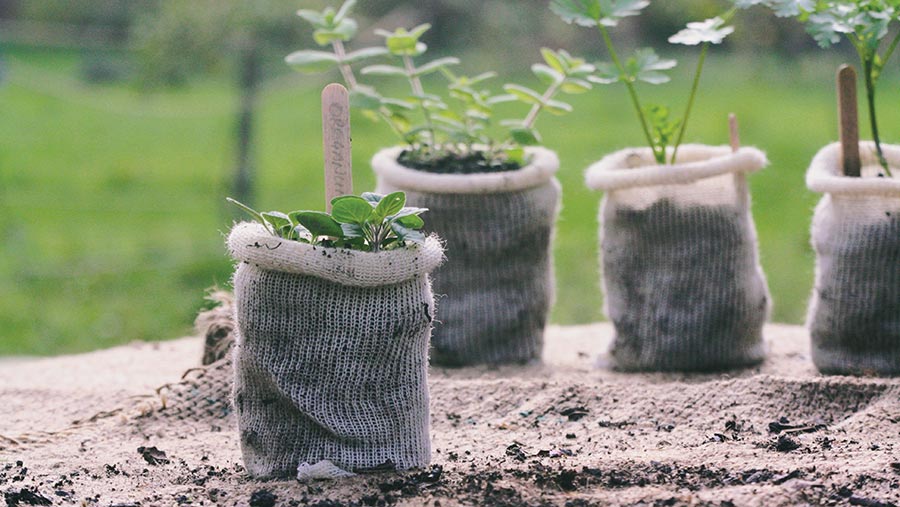
© Wool Pots
“We did some work with Lancaster University and the Eden Project. The rough science of it is that wool is a natural insulator, but also retains moisture.
“When you think of a sheep’s fleece, it obviously repels water and keeps it out, but, in the case of the pots, when the water is inside, the wool actually retains it.”
Because of this, the wool pots use about 25% less water than traditional plastic pots, and have the added benefit of being a natural slug and snail repellent.
After struggling to find a factory to manufacture the pots in the UK, the team found a building in Egypt, and uses a combination of British and Egyptian wools.
“It is a really fantastic, environmentally friendly factory,” says Graham.
The wool pots can be planted directly into soil and will naturally degrade into plant food, offering a zero-waste and zero-plastic solution.

